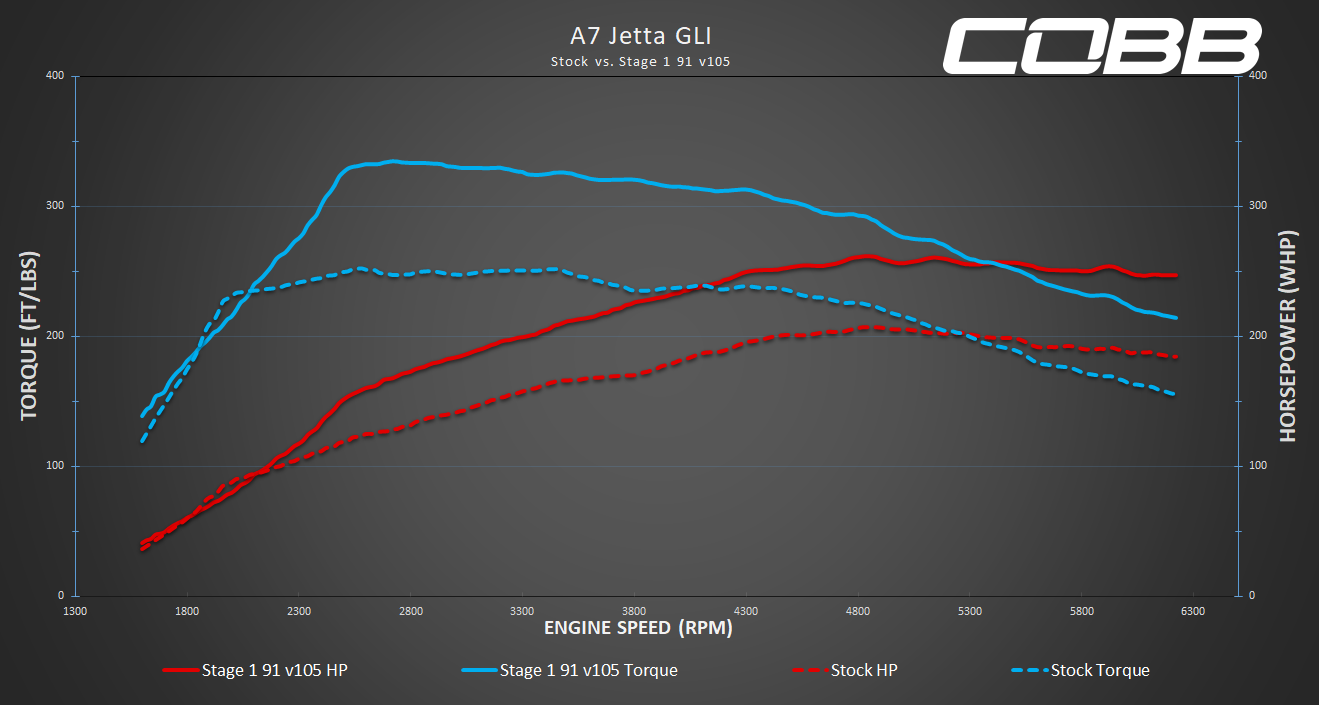Versions Compared
Key
- This line was added.
- This line was removed.
- Formatting was changed.

Supported Vehicles:
- USDM Volkswagen A7 GLI (MT & DSG)
- VLK_CXCA_5G0906259Q
- VLK_CXCA_5G0906259T
Map Revision:
- Anti-Theft Mode v107
- Stage0 v107
- Valet Mode v107
- Stage1 v107
- Stage2 v107Stage3 v107
| Warning |
|---|
We've noticed a few simple issues can cause flashing your car to fail so it's critical to watch out for these problems.
|
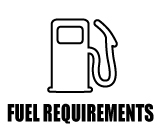
Each map lists the minimum required octane. A higher octane fuel can be used safely on a map designed for lower octane. DO NOT use maps designed for higher octane with lower octane fuels. Top Tier gasoline should be used where available.
- Maps designated with "93" are for use with 93 and 94 octane fuel or better.
- Maps designated with "91" are for use with 91 and 92 octane fuel or better.
These maps are designed for E10 fuel (fuel with 10% ethanol content). For those who only have access to E0 fuel (fuel with 0% ethanol) it is recommended to use the "91" octane version of the maps and datalog the car to ensure your fuel is performing to the necessary level. This is especially important for those using Canadian 94 octane E0 fuel.
If you are unfamiliar with how to datalog using the Accessport or what to look for, you can find a guide on our website here.
If knock or detonation is present even when using the appropriate fuel, try reflashing a map that is intended for a lower octane fuel.
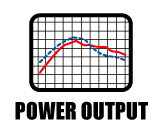
Stage 1 91
Stage 1 93
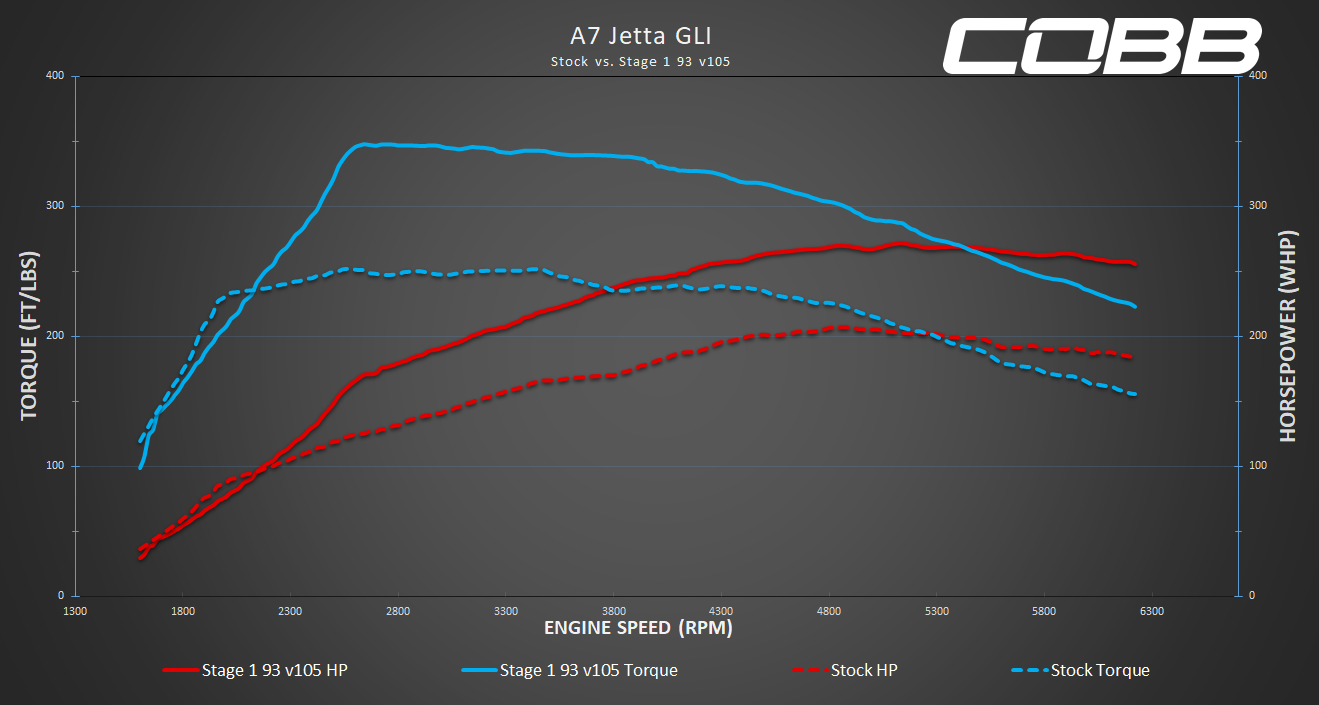
Map | Peak Gains* |
|---|---|
| Stage1 91 | +26.4% HP / +32.4% TQ |
| Stage1 93 | +31.2% HP / +37.6% TQ |
Stage1
- Intake Requirements :
- stock air filter
- Stock airbox with drop-in replacement,
- COBB SF Intake 7V2150
- COBB Redline CF Intake 7A1100
- Exhaust requirements :
- Downpipe: Stock
- Cat-Back: Stock or Upgraded Cat-Back Exhaust (optional)
- Boost Target:
- 91 Octane 95 RON Minimum: ~22.5 psi peak boost pressure tapering down to ~13psi as you approach the 6800RPM redline, +/- ~2psi.
- 93 Octane 98 RON Minimum: ~23.5 psi peak boost pressure tapering down to ~14psi as you approach the 6800RPM redline, +/- ~2psi.
Stage 2 91
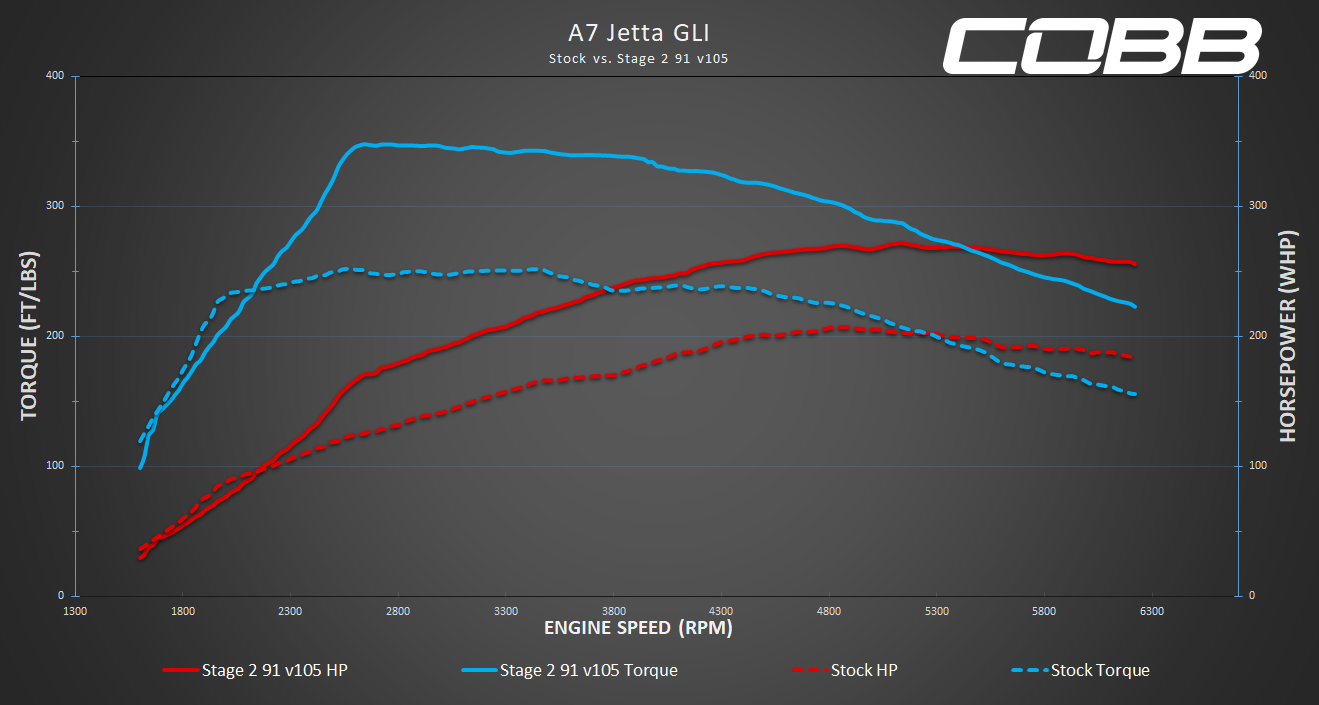
Stage 2 93

Map | Peak Gains* |
|---|---|
| Stage2 91 | +42% HP / +37.15% TQ |
| Stage2 93 | +42% HP / +43.6% TQ |
Stage2
- Intake Requirements :
- stock air filter
- Stock airbox with drop-in replacement,
- COBB SF Intake 7V2150
- COBB Redline CF Intake 7A1100
- Exhaust requirements :
- Downpipe: Stock
- Cat-Back: Upgraded Cat-Back Exhaust (Recommended)
- Intercooler: AMS Performance Front Mount Intercooler (CARB under D-825-3)
- Drivetrain: Upgraded Clutch or DSG Software Recommended
- Boost Target:
- 91 Octane 95 RON: ~24 psi peak boost pressure tapering down to ~15 psi as you approach the 6800RPM redline, +/- ~2psi.
Stage 3 93
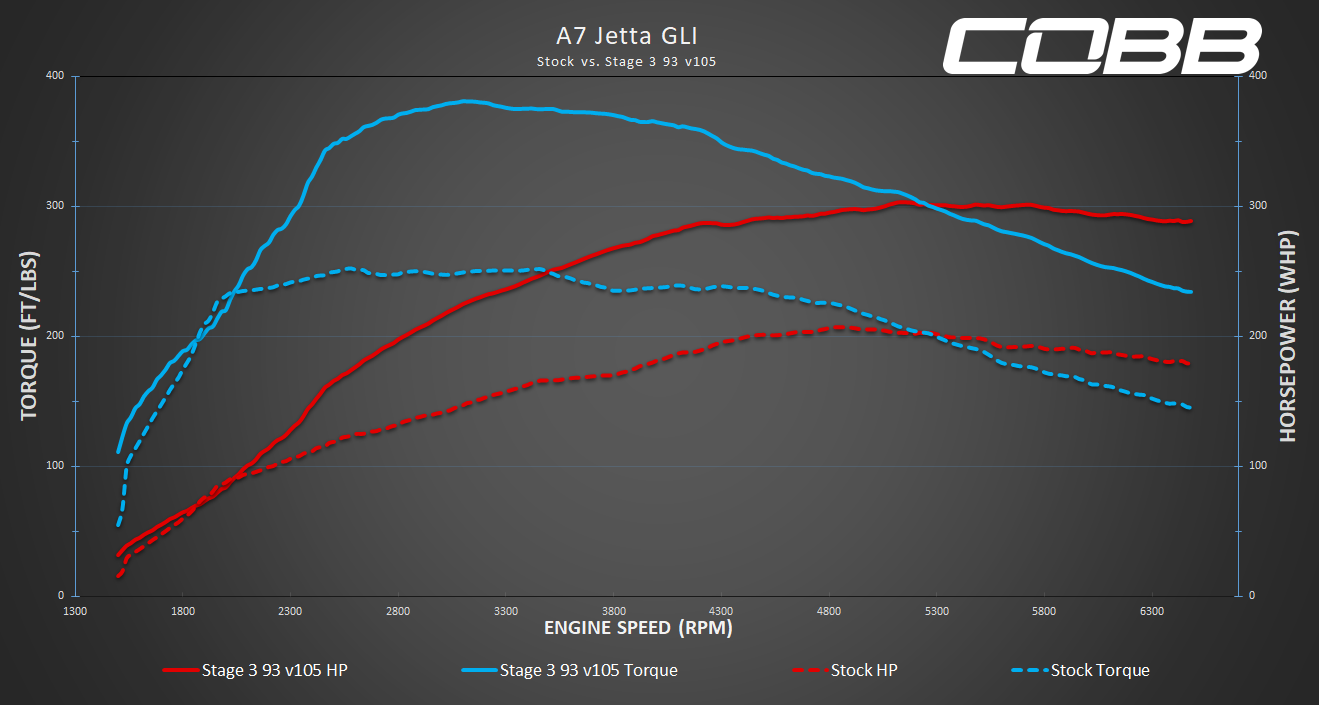 Image Removed
Image Removed
Map
Peak Gains*
Stage3
- Intake Requirements :
- stock air filter
- Stock airbox with drop-in replacement,
- COBB SF Intake 7V2150
- COBB Redline CF Intake 7A1100
- Intake Requirements : COBB Tuning SF Intake System
- Exhaust requirements :
- Downpipe: COBB Volkswagen Gesi Catted Downpipe
- Catback: Upgraded Cat-Back Exhaust (Recommended)
- Intercooler: AMS Performance Front Mount Intercooler (Under CARB D-825-3)
- Drivetrain: Upgraded Clutch or DSG Software Recommended
- Boost Target:
- 93 Octane 98 RON: ~25.5 psi peak boost pressure tapering down to ~16 psi as you approach the 6800RPM redline, +/- ~2psi.
Stage 3 91
 Image Removed
Image Removed
- 91 Octane 95 RON: ~25.5 psi peak boost pressure tapering down to ~16 psi as you approach the 6800RPM redline, +/- ~2psi.93 Octane 98 RON: ~26.5 psi peak boost pressure tapering down to ~17 psi as you approach the 6800RPM redline, +/- ~2psi.
*Peak gains are measured as the difference between the highest points of the two plots.
*Largest gains are measured as the largest gain at any single point between the two plots.
Results may vary. Power as tested on 2019 GLI DSG using these identical calibrations. Generally speaking, the 91 octane calibration has a richer fuel curve and a less aggressive ignition advance map to help compensate for 91 octane fuel and/or less than ideal atmospheric conditions. The map designed for 93 octane is the most aggressive.
Map Version Notes:
Non Performance Maps
Anti-Theft Mode
- Will not allow vehicle to start
Valet
- Fuel Requirements:
- 91 octane or better
- Intake Requirements: Stock airbox and stock air filter
- Exhaust Requirements: Stock exhaust
- Boost Targets: Mechanical minimum
- Rev Limiter: 3000RPM
*Not intended for aggressive driving*
High Altitude:
A quick note for those of you that live at higher altitudes: it is common for turbocharged cars at higher altitudes to run less boost pressure due to lower air pressure and air density. Your turbocharger has to work harder to compress a less dense air mass compared to the same turbocharger at sea level. This must be factored in when determining if your turbocharger is running the proper amount of boost pressure and not being pushed beyond its efficiency range.
Example: If you live in Denver at 5280 ft. and are trying to run a peak boost pressure of 15 psi, your turbocharger has to work the equivalent of making ~17.5 psi at sea level.
There are barometric compensations within the factory ECU that lower boost targets as you climb in altitude in an effort to keep the turbocharger in its optimal range. The COBB performance maps utilize these compensations and therefore, it is perfectly normal for the final boost / load value to be lower than what is listed for your map.
Revision Notes:
v107
- Updated for bug fixes
v105
- No calibration changes.
- Maps have been updated to eliminate unnecessary DTC suppression.
